Machines can now distinguish between 12 different types of plastic, thanks to a new camera system developed in Denmark.
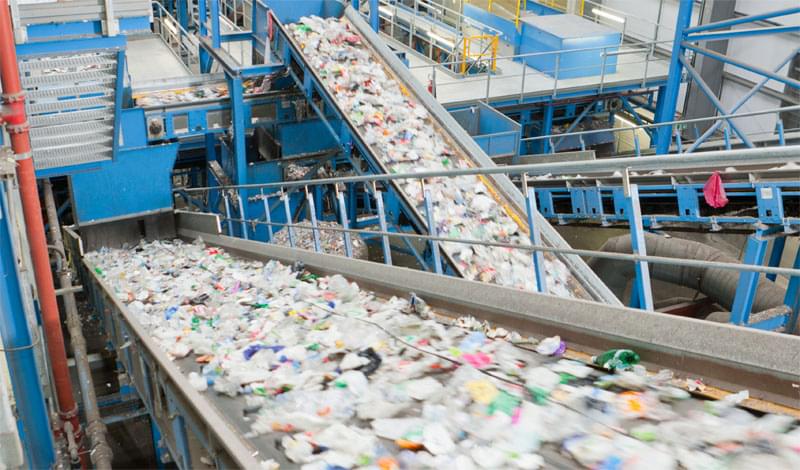

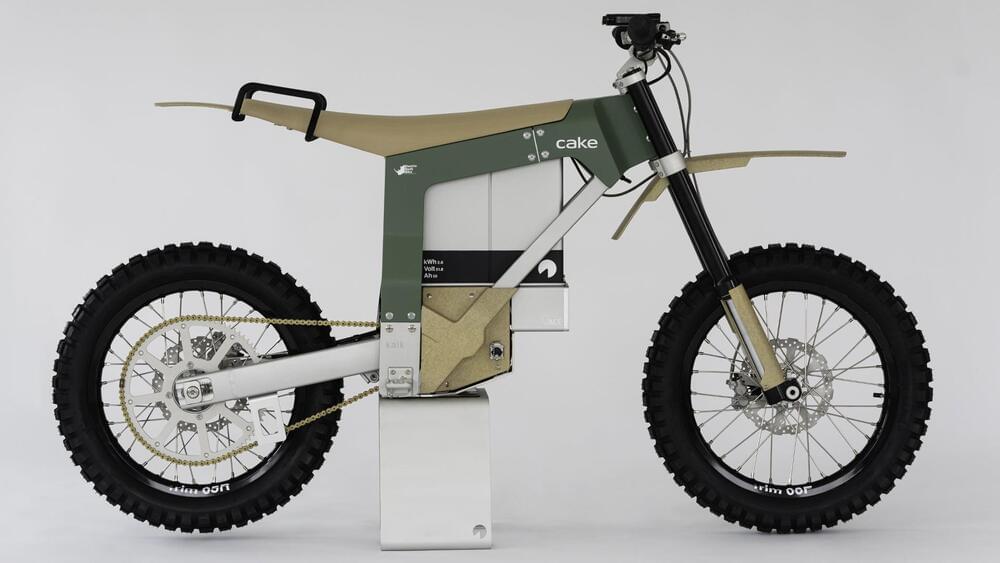

Circa 2021 😃
Imagine you could cure cancer by targeting one tiny gene. Imagine that same gene occurred in every major cancer, including breast, prostate, lung, liver and colon. Imagine that the gene is not essential for healthy activity, so you could attack it with few or no negative side effects.
Cancer biologist Yibin Kang has spent more than 15 years investigating a little-known but deadly gene called MTDH, or metadherin, which enables cancer in two important ways — and which he can now disable, in mice and in human tissue, with a targeted experimental treatment that will be ready for human trials in a few years. His work appears in two papers in today’s issue of Nature Cancer.
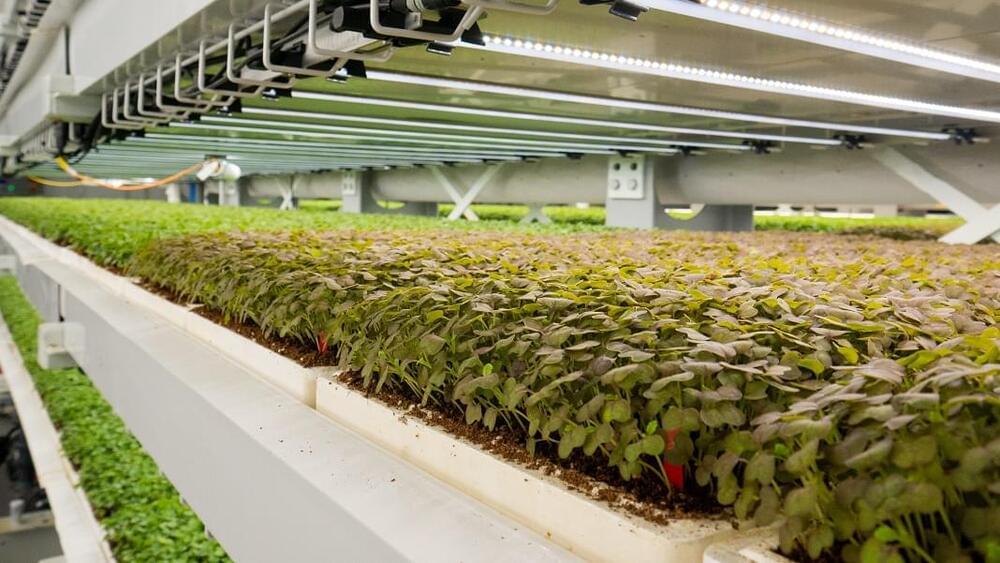
Most vertical farms are hydroponic (plant roots sit in shallow troughs of nutrient-rich water) or aeroponic (roots dangle in the air and are periodically misted). But Upward Farms uses aquaponics to fertilize its crops. What does that mean? In a nutshell, that plants are fertilized with fish poop.
To get a little more specific: besides microgreens, Upward Farms raises fish: mercury-free, antibiotic-free, hormone-free hybrid striped bass, in tanks that are separate from the trays of greens. Manure from the fish is collected and fed to the plants, making for a soil microbiome that’s more dense, fertile, and productive than that of most indoor farms, according to the company. Best of all, the company sells the fish to consumers, too.
Upward Farms claims its yields are two times above the industry average thanks to its ecological farming method, which keeps the microbial cell count in soil much higher than it would be with chemical fertilizers. “There’s a communication layer that’s been built in by millions of years of evolution between plants and microbes,” said Jason Green, Upward Farms’ CEO and cofounder. “Plants can say, ‘Hey, I’m stressed in this way, my environment is imperfect in this way, can you help me?’ and plants recruit microbes to their service.”

The Elektrizitätswerk Zürich (EWZ) sees the construction of solar plants in the high alpine regions of Switzerland as a secure mainstay. The utility is planning another solar plant on the dam wall of a hydroelectric power plant high up in the mountains. The company plans to install more than 1,000 solar modules with an output of 350 kilowatts on the 690-metre-long dam wall of Lago di Lei in Graubünden. The system will cover the dam wall over a length of 550 metres and, once completed, will supply around 380 megawatt hours of electricity each year.
This is already the second installation of this kind to be completed by the EWZ. The first is at the dam of Lake Albigna, also in the canton of Graubünden. This plant has been in operation for a year and has fully met the expectations of the EWZ, so that the forecasts for the new plant are also good. As there, the electricity at Lago di Lei, directly on the border with Italy, will also be fed in via the grid connection of the associated hydroelectric plant of the Hinterrhein power station (KHR). “This makes optimal use of the existing infrastructure to make a further contribution to electricity production from solar energy,” emphasises Guido Conrad, director of the CHR.

Dwarf starburst galaxy Henize 2–10 sparkles with young stars in this Hubble visible-light image. The bright region at the center, surrounded by pink clouds and dark dust lanes, indicates the location of the galaxy’s massive black hole and active stellar nurseries. Credit: NASA, ESA, Zachary Schutte (XGI), Amy Reines (XGI); Image Processing: Alyssa Pagan (STScI)
Black holes are often described as the monsters of the universe—tearing apart stars, consuming anything that comes too close, and holding light captive. Detailed evidence from NASA
Established in 1958, the National Aeronautics and Space Administration (NASA) is an independent agency of the United States Federal Government that succeeded the National Advisory Committee for Aeronautics (NACA). It is responsible for the civilian space program, as well as aeronautics and aerospace research. It’s vision is “To discover and expand knowledge for the benefit of humanity.”
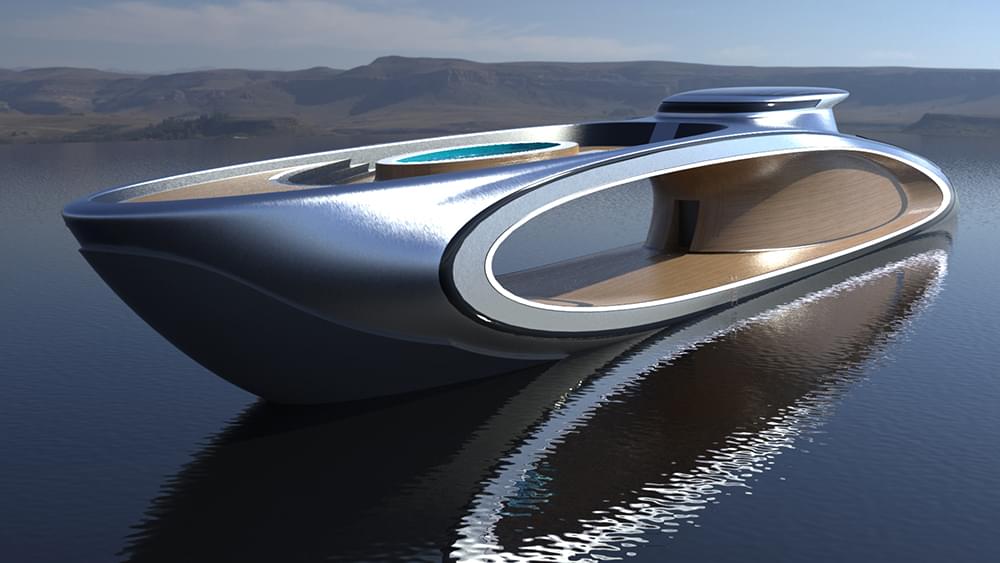
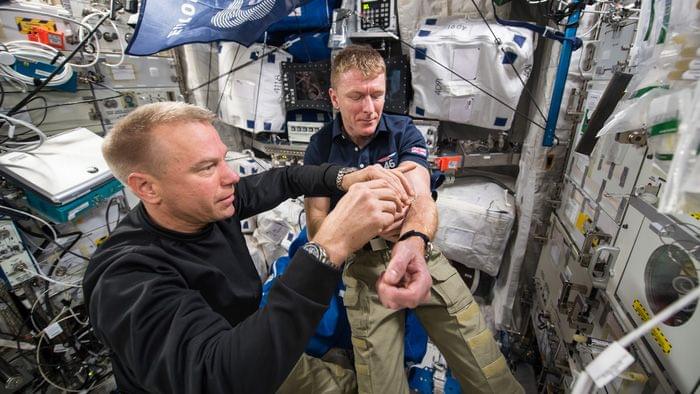
Space anemia is more serious than we thought.
Being in space causes the human body to destroy about 50% more red blood cells, leading to a potentially dangerous condition known as anemia. The effects persist even after astronauts return to Earth, according to a new study.
The study, led by researchers at the Ottawa Hospital and the University of Ottawa in Ontario, Canada, analyzed breath and blood samples of 14 astronauts before, during, and after their six-month missions aboard the International Space Station. The researchers found that the astronaut’s bodies destroyed about 54% more red blood cells than they would on Earth.

TALLAHASSEE, Florida — A London patient, Steve Verze, became the first to use a 3D-printed prosthetic eye in November 2021. Its advancements in aesthetics, durability and production process allude to an auspicious future for prosthetics. Yet, developing countries struggle regarding prosthetic accessibility and affordability. Losing a limb or organ in poverty is extremely impactful since access to prosthetic devices or assistance is rare.
A 3D Difference
Steve Verze made history by replacing his acrylic eye with a 3D-printed prosthetic. Since he was 20 years old, he has worn a prosthetic and expressed that he was always self-conscious wearing it. The difference between his previous eye and the 3D counterpart is wider than expected. Traditional prosthetic eyes take six weeks to finish due to hand painting acrylic. The 3D printing prosthetic takes two to three weeks in comparison. Acrylic eyes require an anesthetic for children due to the challenge of molding them to the eye socket. The 3D eye only uses digital scans and “is a true biomimetic and a more realistic prosthetic, with clearer definition and a real depth to the pupil.” The world’s first 3D-printed prosthetic eye shows advancements that expand the possibilities of prosthetics forever.
In our first episode of John Michael Godier’s Event Horizon, we discuss the possibility of Alien civilizations moving to Galaxy Clusters to make the best use of mass and energy, why making copies of ourselves may be the key to interstellar travel and colonization, the habitability of planets around red dwarf stars such as Proxima Centauri, Black Holes, and so much more with our first guest Harvard Theoretical Physicist Dr. Avi Loeb, the Frank B. Baird Jr. Professor of Science at Harvard University.
Is Oumuamua a Light Sail? With Avi Loeb: https://youtu.be/VlpVIyBCG3s.
Dr. Avi Loeb’s website.
https://www.cfa.harvard.edu/~loeb/
From the First Star to Milkomeda By Dr. Avi Loeb.
A list of Dr. Loeb’s commentaries and most recent essays in Scientific American:
https://www.cfa.harvard.edu/~loeb/Opinion.html.
https://www.scientificamerican.com/author/abraham-loeb/
Dr. Loeb’s most recent public lecture on The Search for Life: